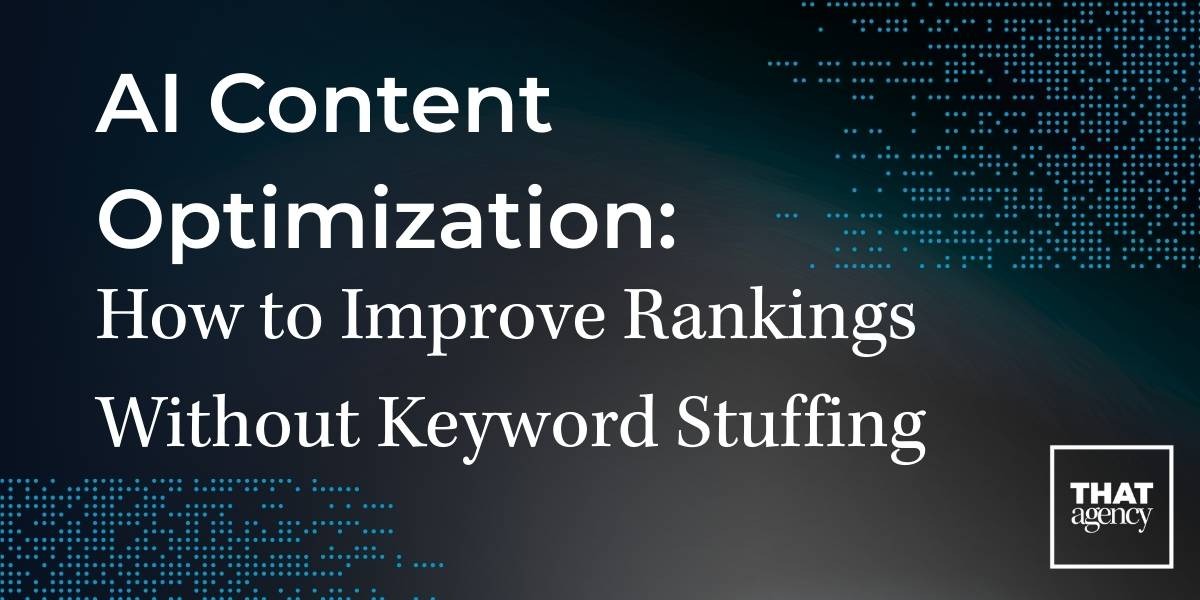As we move further into 2024, the landscape of website content writing is evolving rapidly. With the increasing prevalence of voice search, the rise of artificial intelligence (AI), and the ever-changing user behavior, it's crucial for content creators to stay ahead of the curve. One of the most significant trends shaping the future of content writing is the focus on optimizing for featured snippets and no-click searches.
Featured snippets, also known as "position zero" results, are the direct answers that appear at the top of Google's search engine results pages (SERPs). These snippets aim to provide users with immediate, concise information, often eliminating the need to click through to a website. Similarly, no-click searches are queries that can be answered directly by the search engine, without requiring users to visit any websites.
Optimizing your content for featured snippets and no-click searches is no longer just a nice-to-have; it's a necessity for businesses and content creators who want to stay relevant and visible in the digital world. In this blog post, we'll explore the importance of this trend, the best practices for optimization, and the strategies you can implement to ensure your content stands out in 2024.
Why Optimize for Featured Snippets and No-Click Searches?
Before diving into the "how," let's first understand the "why" behind optimizing for featured snippets and no-click searches.
1. Increased Visibility and Brand Awareness
Featured snippets and no-click searches occupy prime real estate on the SERPs, making them highly visible to users. By securing a featured snippet, your content and brand name are prominently displayed, increasing brand awareness and potentially driving more traffic to your website.
2. Voice Search Optimization
With the growing popularity of voice assistants like Siri, Alexa, and Google Assistant, optimizing for featured snippets and no-click searches is crucial for voice search optimization. These virtual assistants often pull their answers directly from featured snippets, making it essential for your content to be optimized for voice queries.
3. Improved User Experience
Featured snippets and no-click searches provide users with quick, concise answers to their queries, enhancing the overall user experience. By optimizing your content for these features, you can ensure that your website is meeting the needs of modern users who value convenience and efficiency.
4. Competitive Advantage
As more businesses recognize the importance of featured snippets and no-click searches, those who fail to optimize their content risk falling behind their competitors. By staying ahead of the curve, you can gain a significant competitive advantage and position your brand as a leader in your industry.
Best Practices for Optimizing Content
Now that we've established the importance of optimizing for featured snippets and no-click searches, let's explore some best practices to help you achieve success.
1. Prioritize Voice Search Optimization
With the increasing use of voice assistants and smart speakers, optimizing your content for natural language queries is essential. This means using a conversational tone, incorporating long-tail keywords, and structuring your content in a way that mimics how people speak.
Example: Instead of using a keyword like "best running shoes," optimize your content for a more conversational query like "What are the best running shoes for long-distance training?"
2. Focus on Video and Interactive Content
Video content continues to dominate user engagement, and interactive elements like quizzes, polls, and augmented reality are becoming increasingly popular. By incorporating these types of content into your website, you can enhance the user experience and increase the chances of your content being featured in rich snippets or no-click searches.
3. Emphasize Personalization and Relevance
Personalization is key to providing a seamless user experience. By leveraging data and AI, you can tailor your content to individual user interests and intent, ensuring that your message resonates with your target audience. This personalized approach can increase the likelihood of your content being featured in relevant snippets and no-click searches.
4. Adopt an Omnichannel Content Strategy
In today's digital landscape, users consume content across multiple channels and platforms. To ensure a consistent brand experience, it's essential to adopt an omnichannel content strategy. This means repurposing your content for different platforms, optimizing for mobile and emerging technologies, and maintaining a cohesive brand voice across all touchpoints.
5. Prioritize Accessibility and Inclusivity
As you optimize your content for featured snippets and no-click searches, it's crucial to prioritize accessibility and inclusivity. Follow web accessibility guidelines (WCAG), use inclusive language, and cater to users with disabilities or impairments. By doing so, you can ensure that your content is accessible to a wider audience, increasing your chances of being featured in relevant snippets.
6. Embrace Storytelling and Emotional Connection
While optimizing for featured snippets and no-click searches requires a technical approach, it's equally important to create content that resonates emotionally with your audience. Embrace storytelling techniques, build brand loyalty through authentic narratives, and strive to create an emotional connection with your readers.
7. Optimize for Featured Snippets and No-Click Searches
To directly optimize your content for featured snippets and no-click searches, follow these best practices:
- Structure your content with clear headings and subheadings: Use descriptive H2 and H3 tags to help search engines understand the structure and main points of your content.
- Provide direct answers: For paragraph snippets, aim for concise answers within 40-60 words. For lists and tables, start with the most critical items, as Google may truncate these formats.
- Implement schema markup: Use structured data like FAQPage or HowTo schemas to help Google better understand the context of your content and enhance its suitability for a snippet.
- Optimize visuals and videos: Ensure that images and videos are well-tagged and described so they can be accurately indexed and potentially included in rich snippets.
- Monitor and adapt your strategies: Regularly update your content to maintain its relevance and accuracy, and monitor your performance to adapt your strategies as needed.
Frequently Asked Questions (FAQs)
What is a featured snippet?
A featured snippet is a select block of content that appears at the top of Google's search results, designed to quickly answer a user's query with text or video.
How do I optimize FAQs for featured snippets?
Use clear, concise language to answer frequently asked questions, and structure your content with descriptive headings and subheadings. Implementing FAQPage schema markup can also help Google better understand your content.
Do I have to pay for featured snippets?
No, featured snippets are not advertisements. Google selects the most relevant source to display as a featured snippet based on its algorithms and the quality of your content.
Can optimizing for featured snippets reduce website traffic?
While featured snippets aim to provide direct answers, they can also increase visibility and drive more traffic to your website if users click through for additional information. However, it's essential to strike a balance between providing concise answers and enticing users to visit your site.
Conclusion
In the ever-evolving landscape of website content writing, optimizing for featured snippets and no-click searches is no longer an option; it's a necessity. By following the best practices outlined in this blog post, you can increase your visibility, enhance the user experience, and gain a competitive advantage in 2024 and beyond.
Remember, the key to success lies in prioritizing voice search optimization, embracing personalization and relevance, adopting an omnichannel content strategy, and creating content that resonates emotionally with your audience. By staying ahead of the curve and continuously adapting your strategies, you can ensure that your content remains visible, engaging, and valuable to your target audience. Contact THAT Agency today to learn how we can help take your content marketing to the next level.




